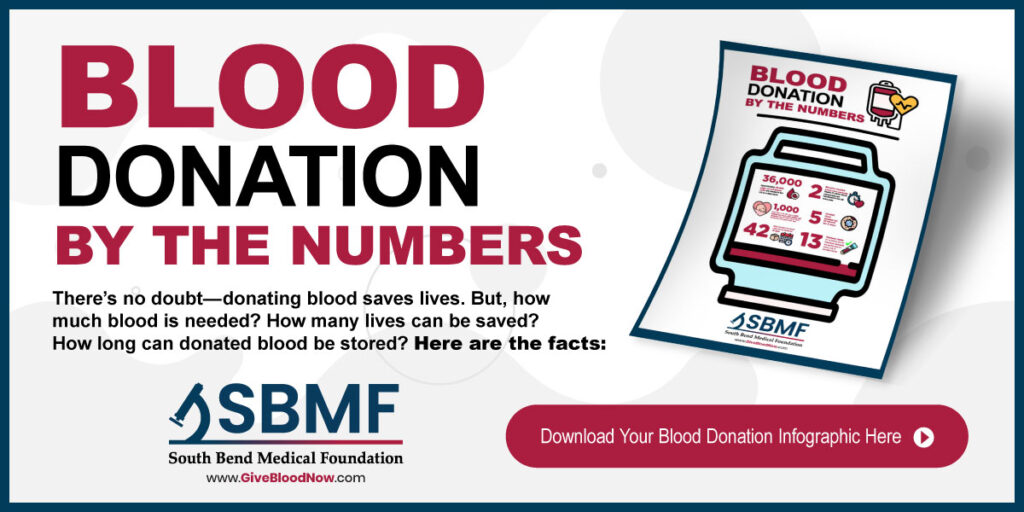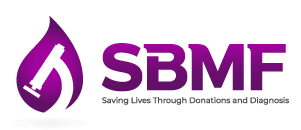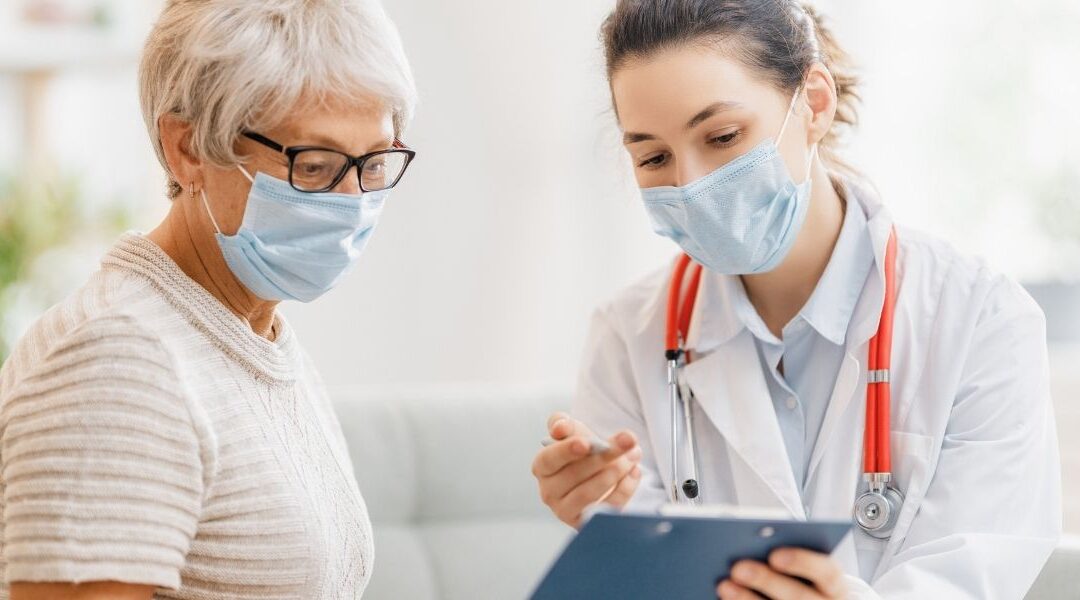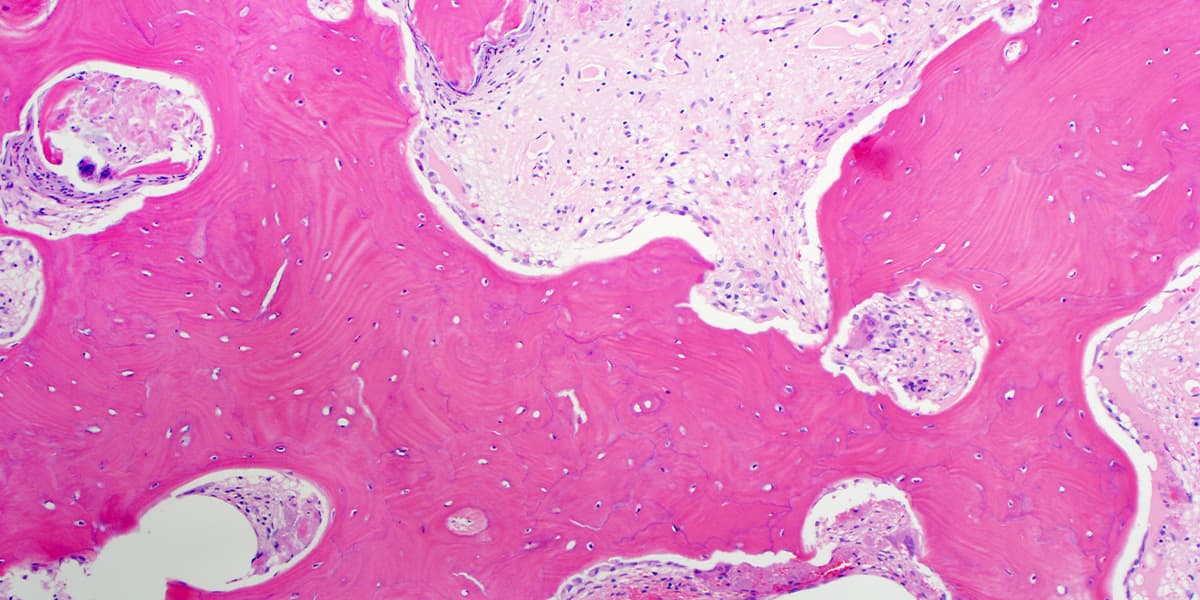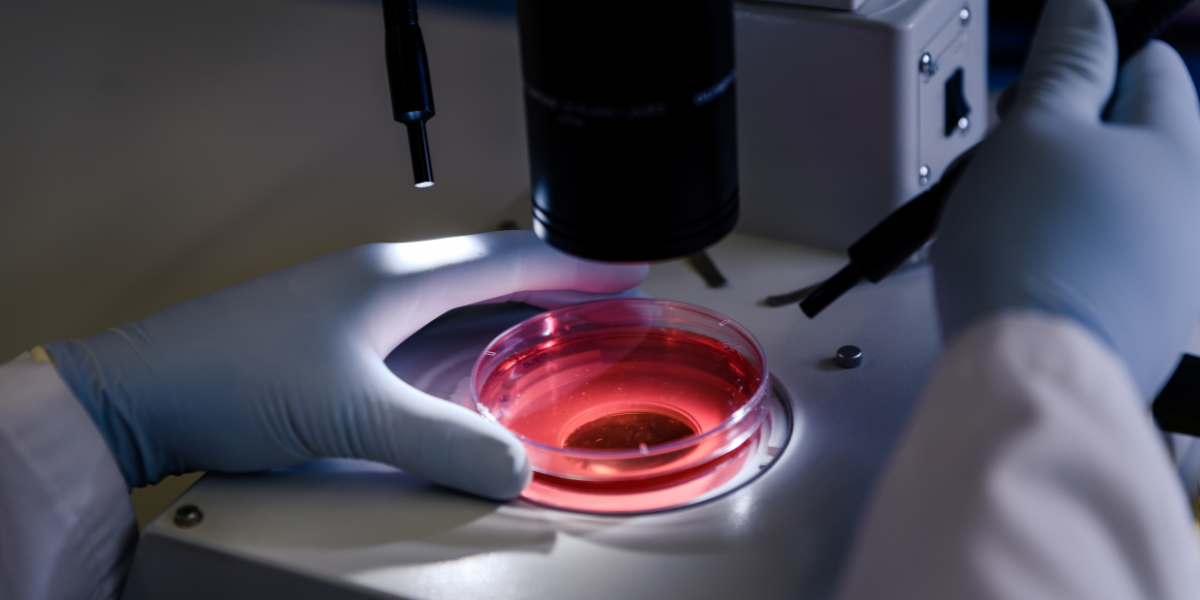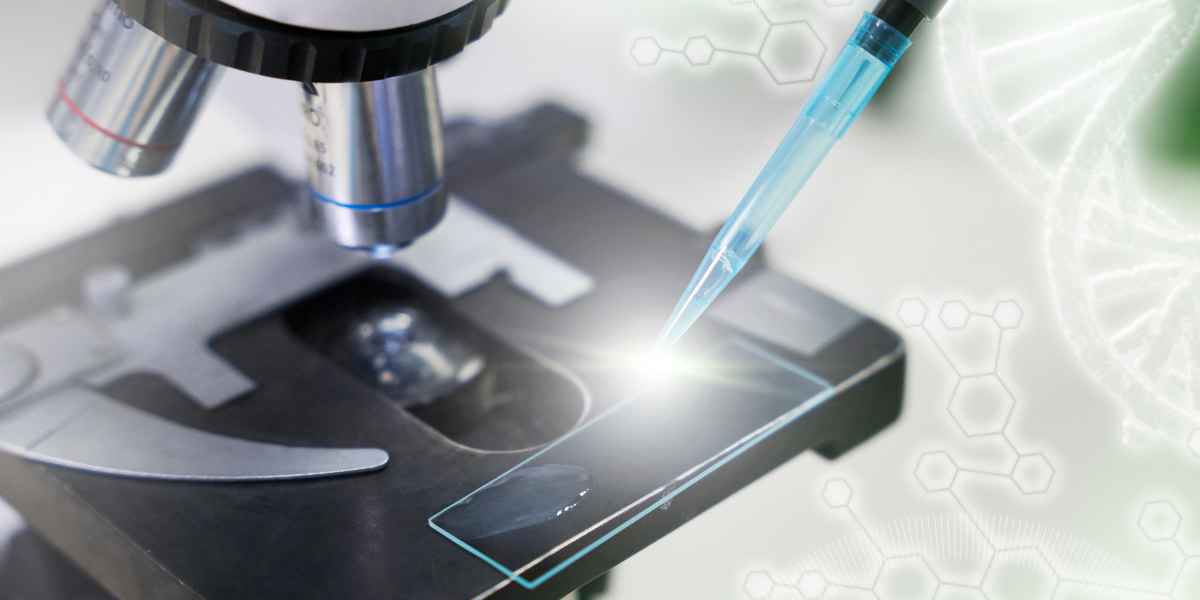Did you know that the thyroid gland helps the body use energy, stay warm, and keep the body, muscles, and other organs working? The thyroid gland is a butterfly-shaped gland located in the lower front of the neck and its function is to make hormones that are secreted into the blood and carried to every tissue body. Thyroid biopsy procedures are very common and allow specialists to take samples of the thyroid gland and analyze them. We’ll explain everything you need to know about this procedure, how it is performed and how to prepare for it.
Why is a Thyroid Biopsy Done?
A thyroid biopsy is a procedure where a small sample of tissue is taken from the thyroid gland, which is then examined for cancer, infections, or any other issues with the thyroid.
A thyroid biopsy may reveal the cause of a lump or mass in a thyroid gland to examine if it’s cancerous, a benign tumor, or an infection. Lumps and masses in a thyroid gland are found during a physical examination or through an ultrasound. If the imaging exams cannot determine the cause of the abnormality, then a biopsy is needed. It’s important to find if the lump or mass is cancerous so that it can be treated as soon as possible.
How a Sample of Thyroid Tissue Can Be Taken
Fine Needle Biopsy
- Your doctor will use a very thin needle to withdraw the sample from the thyroid gland. First, your doctor will clean your neck using an antiseptic. Your doctor will insert the needle through the skin and into the thyroid gland. Once the sampling is done, the needle is removed. This procedure only takes 5 to 10 minutes and is preferred by most thyroid specialists rather than doing a more invasive surgery.
Core Needle Biopsy
- This type of biopsy uses a wider needle than a fine needle biopsy. The needle is a hollow tube that allows the doctor to extract a sample from the thyroid gland about the size of a grain of rice.
Open Biopsy
- This is done when other tests have not found the cause of your symptoms. For this procedure, your doctor will make a small incision on your skin to get a sample from the thyroid gland. This procedure usually takes about an hour.
How to Prepare for a Thyroid Biopsy?
A needle biopsy usually doesn’t require much preparation on the patient’s part, while the open biopsy requires the use of general anesthesia—so, you’ll be asleep during the procedure. Whichever procedure you’re having, it’s important to follow your doctor’s instructions concerning medications to take or avoid as well as any other directives.
Risks of this Procedure
A needle biopsy has small risks and is a very safe procedure, but it can carry some small risks:
- Continuous bleeding at the injection site
- Infection
- Fever
- Swelling
- Nerve Damage
An open biopsy is less common because it can involve more risks:
- Infection
- Breathing problems
- Bleeding
- Scaring Problems
- Fever
What happens after a Thyroid Biopsy?
Most patients are allowed to do their normal activities after their procedure. The location of the biopsy might be sore for a few days after the procedure, but this shouldn’t be cause for concern. It is important to follow any specific instructions from your doctor and ask any questions that you may have.
The results are usually available within a few days from the pathology lab, and you and your doctor will discuss the results of the biopsy. Did you know that as a patient you can choose a team of experts to analyze your sample? Knowing who is testing your samples reassures you that your results are accurate. South Bend Medical Foundation is comprised of a trusted and experienced team of pathologists to ensure fast and accurate results for you and your doctor.
